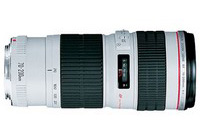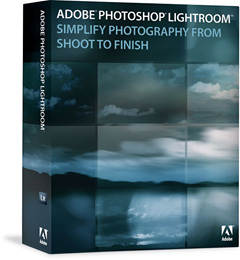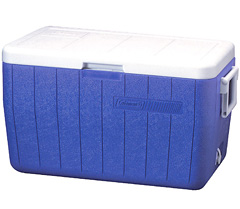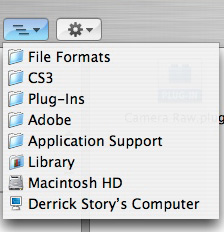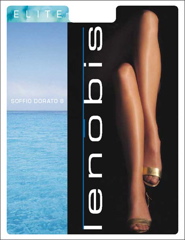
Yesterday I talked about how sharp the Canon 70-200mm f/4 L zoom is. This is one of my favorite lenses for portrait work. The only problem is, sometimes I don't want razor sharp optics for certain subjects. A little diffusion can go a long way toward making a client happy.
There are lots of great softening filters out there, often with a hefty price tag. But you can make your own portrait filter for just a few dollars, or even less, if you can wrangle an old pair of pantyhose -- or better yet, knee-highs (you can use them just as is).
All you have to do is stretch a layer of hose over the lens and secure it with a strong rubber band. The more tightly you stretch the material, the milder the effect. The looser the material, the softer the portrait. It works terrific, and makes a good conversation piece to boot...
Featured here are Lenobis Elite SOFFIO DORATO Ultra Sheer TANNING Pantyhose. Tan pantyhose will produce a warming effect too, so experiment to get the color temperature you like best.
This tip adapted from Digital Photography Hacks by Derrick Story.
Technorati Tags: digital photography, tips, The Digital Story
Sponsor Note...
Add Magic to Your Slideshows -- FotoMagico presentations are so amazing that your audience will be asking how you did it.
